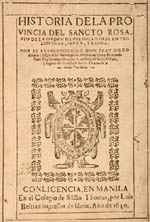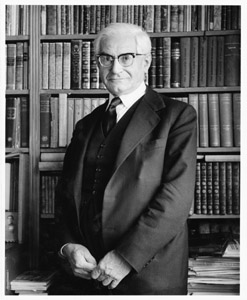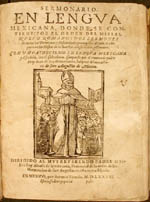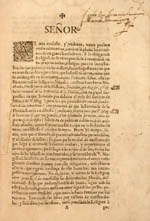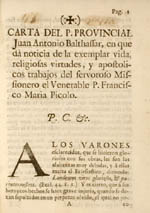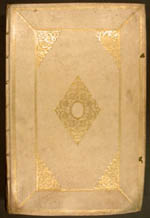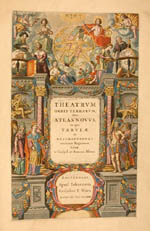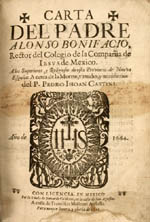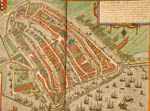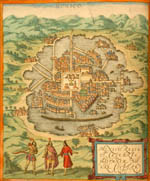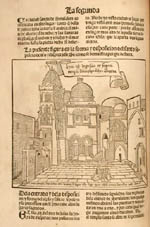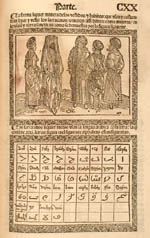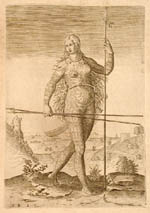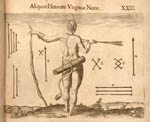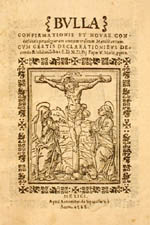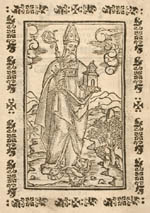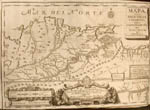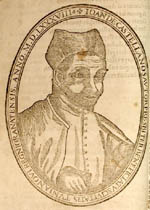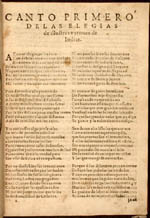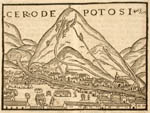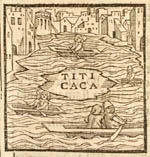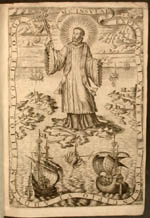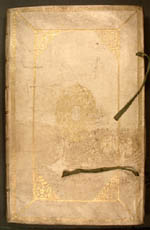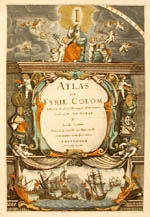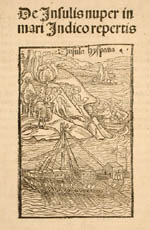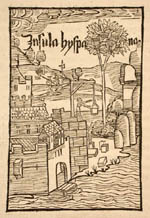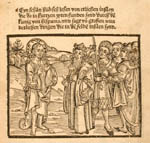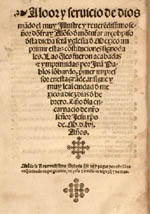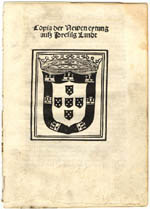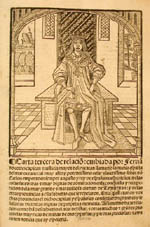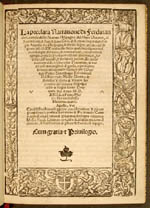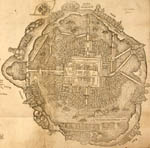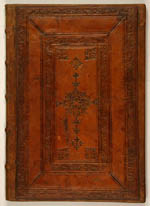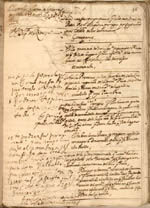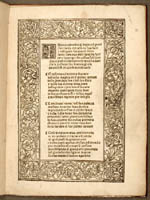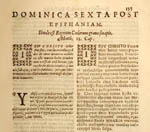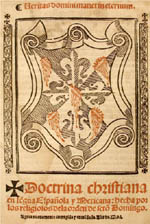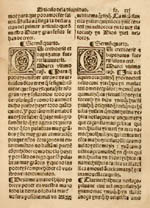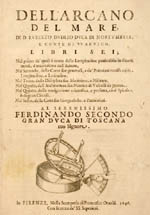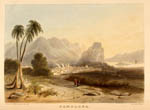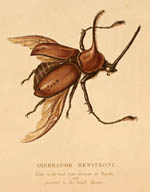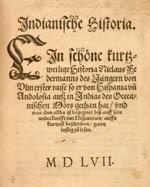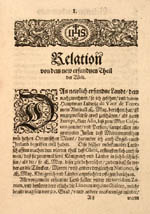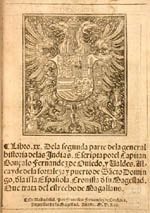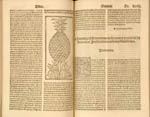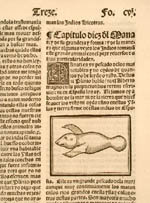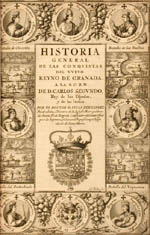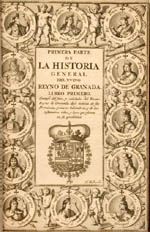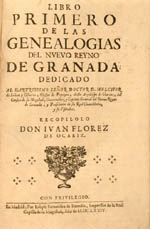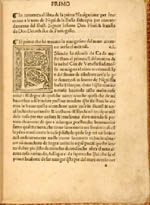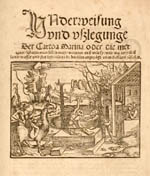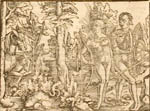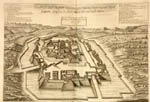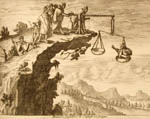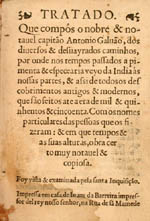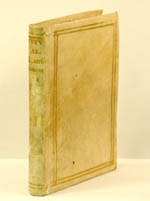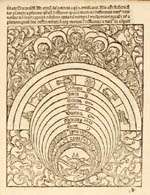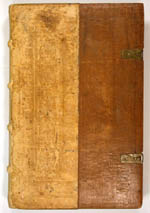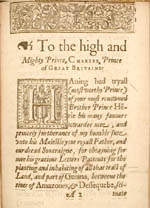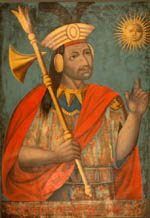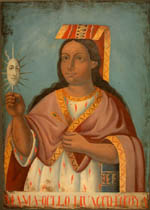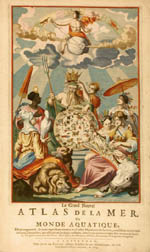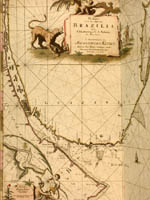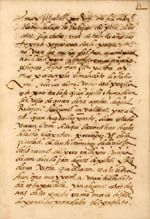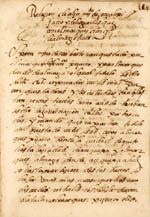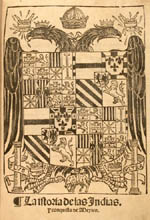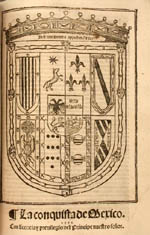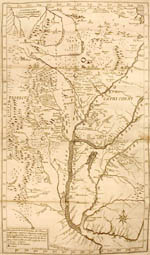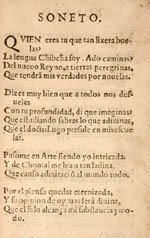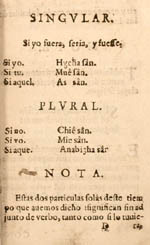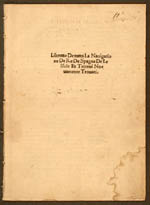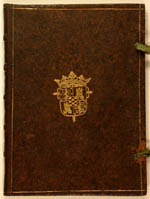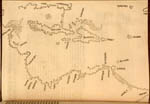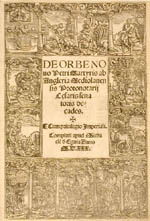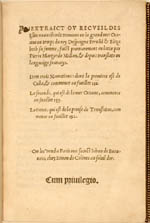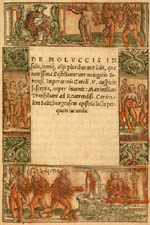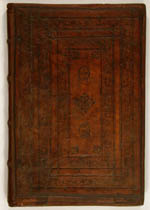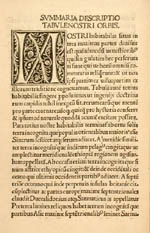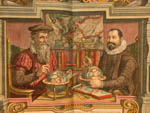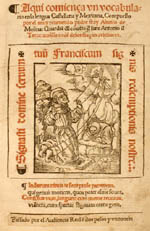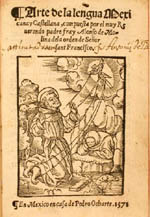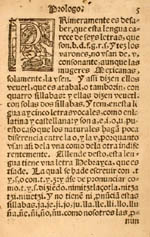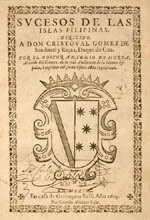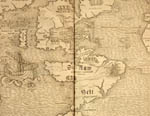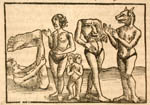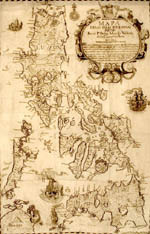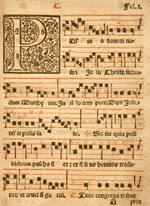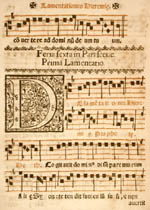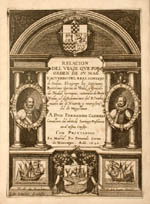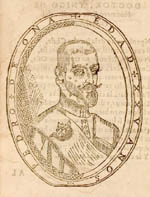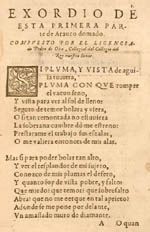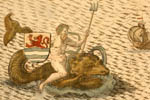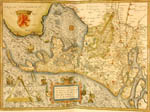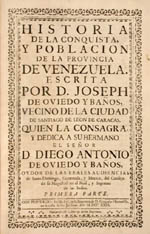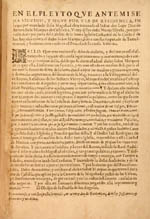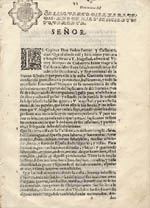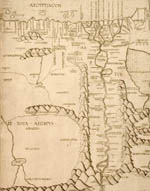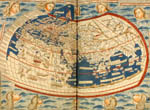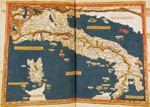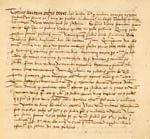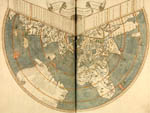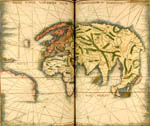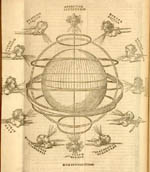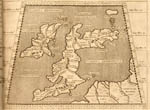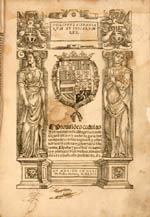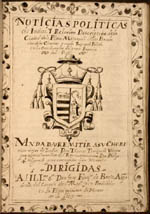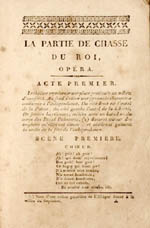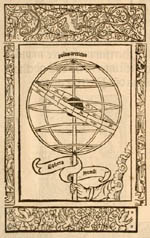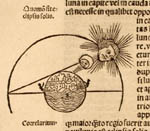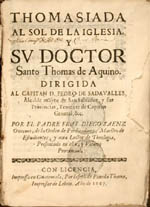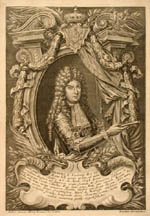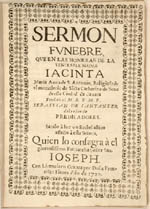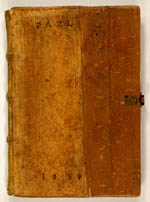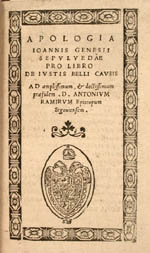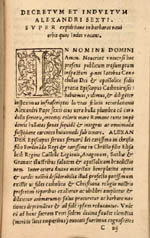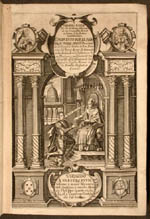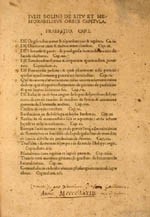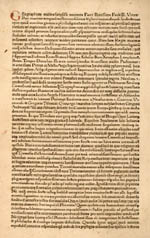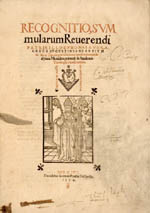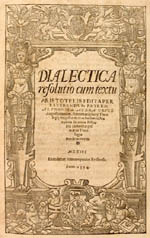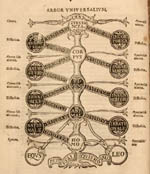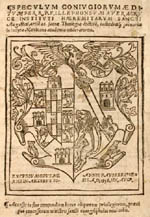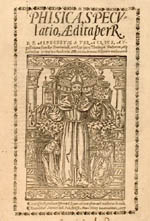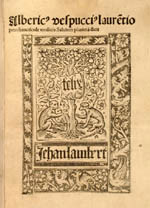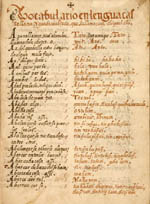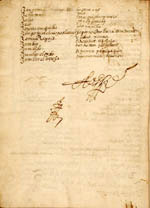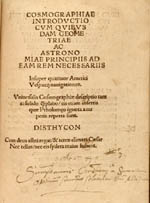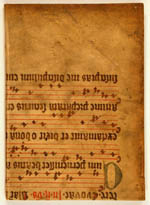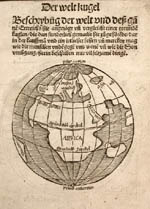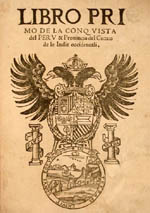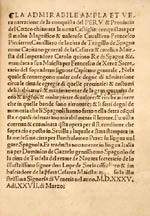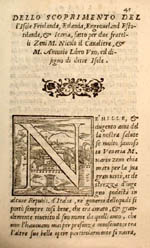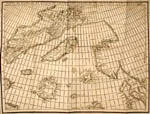FOREWORD
The dedication of the Mendel Room in the Lilly Library is a significant and
memorable occasion. It enables Indiana University to express its esteem for
Bernardo Mendel in perceptible form and offers an opportunity to present
publicly some of the books of paramount interest from the Mendel Collection.
It is little short of amazing that in a short span of years Mr. Mendel was able
to form a collection of such uncommon quality, depth, and comprehensiveness. His
experiences as a youthful collector of German literature, history, philosophy,
and music in Vienna reflected his intellectual interests and, as it happened,
forecast the future—for this background, coupled with residence in Bogotá,
Colombia, stimulated his interest in the history of America. For a period of
twenty years Mr. Mendel was singularly dedicated to collecting Americana. Except
for his devotion to music, the search for books consumed his leisure time and on
many occasions detracted, to our present advantage, from his extensive business affairs.
I am told that Mr. Mendel began acquiring Americana quite innocently. He first
purchased a few of the standard books relating to the history of Latin America
for personal reading. But the instincts of the born collector soon prevailed,
and he began with systematic plan and foresight to form a collection of source
material relating primarily to the discovery of the New World, the Spanish
conquest, and the independence movements in Latin America. Rare books,
pamphlets, manuscripts, files of scholarly journals, monographs, and published
archival material were collected with avidity and purpose. The Mendel Collection
was to be more than an assemblage of "great" books (there are a remarkable number
of these present). It was to have depth, as well, in the supporting books that
are needed by the scholar and research student.
The Mendel Collection may be divided into two categories. The first,
predominantly represented in this exhibition, relates to the period of
geographical discovery and exploration. Almost every phase of geographical
knowledge from the fifteenth through the nineteenth centuries is present in this
portion of the Collection. The great cosmographic and geographic works of
Ptolemy, Pomponius Mela, Solinus, Girava, Apianus, and a host of others are
present in many editions. The narratives of the discovery and conquest of the
New World are well represented from Columbus through Herrera, and, as this
catalog indicates, there are remarkably fine sequences of the letters of
Vespucci and Cortés. Ferdinand Columbus, Peter Martyr, Oviedo y Valdés, Bernal
Díaz, Cieza de León, Garcilaso de la Vega, and González de Mendoza are just a few
of the authors in first and subsequent editions. It may be of interest to note
that with the acquisition of the Mendel Collection the Lilly Library now
possesses over half of the most important titles listed by Henry Harrisse in his
Bibliotheca Americana Vetustissima.
The second portion of the Mendel Collection consists of additions made by the
Lilly Library subsequent to the acquisition of the original Mendel Library but
obtained through Mr. Mendel’s continuing interest in the
development of the Collection. For the most part the emphasis is on Latin
Americana from the seventeenth through the nineteenth centuries, with particular
attention to Mexican history. The scope and depth of the Mexican materials place
the Lilly Library among the most important research institutions in this field.
Beginning with Cortés and including a good representation of sixteenth-century
Mexican imprints, this portion of the Collection, totaling more than 30,000
items, contains materials for the political, economic, religious, and social
history of Mexico through the colonial period, the movements for independence,
the war with the United States, and the latter half of the nineteenth century.
The early period of Mexican history is represented in the present exhibition by
a few examples from the sixteenth-century Mexican press, the Cortés letters, and
a few other significant items.
A perusal of this catalog will disclose that the exhibition reveals no more than
a fraction of the Mendel Library. The books on display do, however, demonstrate
the extraordinary breadth and richness of Bernardo Mendel’s collecting
activities. A printed catalog would be necessary to do full justice to the
contents of the Collection. The recently published Report of the Rare
Book Librarian, July 1, 1961-July 1, 1963 , contains more detailed
descriptions, notably of the incunables, the early Mexican imprints, and the atlases.
Some important books that one would normally associate with an exhibit of this
nature are not shown: for example, the nine tracts of Las Casas, Copernicus,
De Revolutionibus Orbium Coelestium , some of the works of
Hernando Cortés, Richard Hakluyt, The Principal Navigations , some
early and important works of Fracanzano Montalboddo, and other titles. These
were present in the Mendel Collection when it came to Indiana but were
duplicates of titles already in the Lilly Library. With Trustee approval and Mr.
Mendel’s consent, the duplicates were sold at public auction in November, 1962.
Indiana University considers itself most fortunate to have acquired the library
of Bernardo Mendel. It is an important asset for teaching and research in our
program of Latin-American Studies, and it offers excellent facilities for
extensive investigation into the period of geographical discovery and
exploration. Mr. Mendel has consented to act as Consultant on Latin Americana
and will continue to give us the benefit of his experience and knowledge. We
intend that the Collection shall grow and become increasingly useful for our
students and the scholarly world.
Elvis J. Stahr, President, Indiana University
